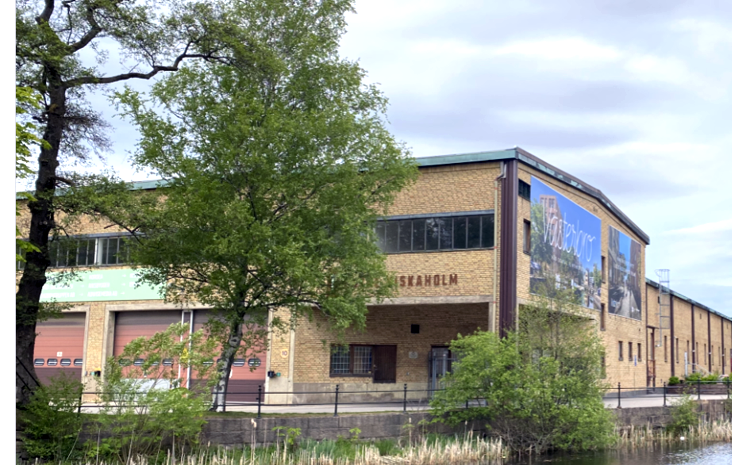Object-oriented selective demolishing for circular economy and reduced climate impact
Start date: 2022-08-22
End date: 2023-06-30
The challenge for reusing bricks is related to the demolition method used. In selective demolition more than 70% of the brick can be recycled compared to as low as 10% in conventional demolition. Recycling of concrete is related to the amount of waste and the quality of the waste. The availability of sufficient quantities of recycled,in proximity is important to minimize transport distances and thus reduce C O2 emissions. Selective demolition allows both bricks and concrete to be separated during demolition and taken care of in the form of reuse or recycling. The purity of the recirculated materials make the reusing/recycling processes more effective. The environmental benefits of recirculation are obvious by savings on virgin material and reducing the landfill, but this requires a selective demolition process with more than double the cost compared to conventional demolition. At the beginning of 2020, work has begun on Västerbro, a demolition site in central Borås where new construction is planned for a sustainable lifestyle, an entire community with commercial premises. Västerbro is suitable for object-oriented processes when demolition takes place and new construction is planned at the same site. As a result, transport distances maybe shortened and with local operators for selective demolition and reprocessing, recirculation of the heavy building materials the process may become less costly and environmental influential. The aim of the pilot project is to test selective, object-oriented demolition on parts of the Västerbro property to demonstrate the environmental benefits, to find suitable forms of cooperation and business models that support the recirculation of heavy building materials. The cooperating parties are Bostäder i Borås, the municipal housing company and Riksbyggen, both clients in the Västerbro project, as well as the C ity of Borås and the University of Borås. The project aims to demonstrate the environmental benefits of object-oriented selective demolition in the form of verified climate footprints with LC A.



